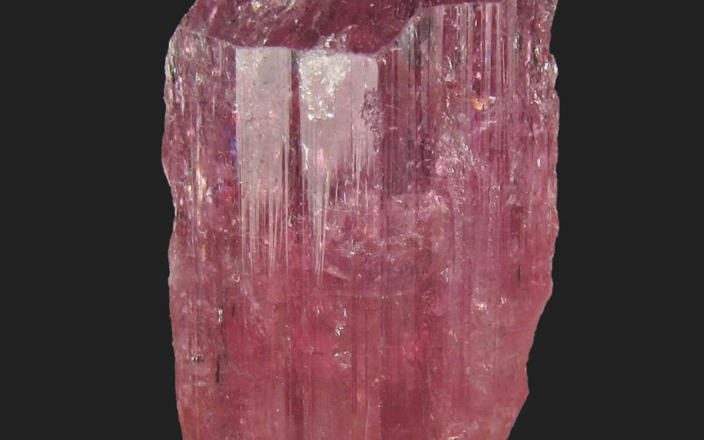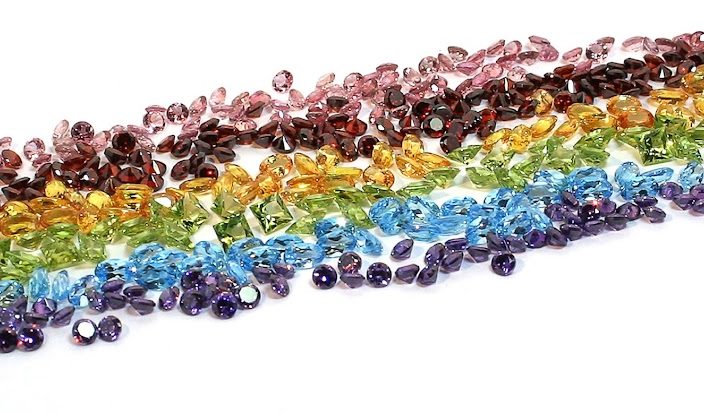By Cynthia Unninayar
With their captivating green hues, emeralds have enthralled civilisations for millennia. Prized for their beauty and rarity, these precious gems have adorned the crowns of royalty, inspired artistic masterpieces, and even played a role in cultural traditions. Emerald is the perfect birthstone for May, especially for spring in the northern hemisphere.

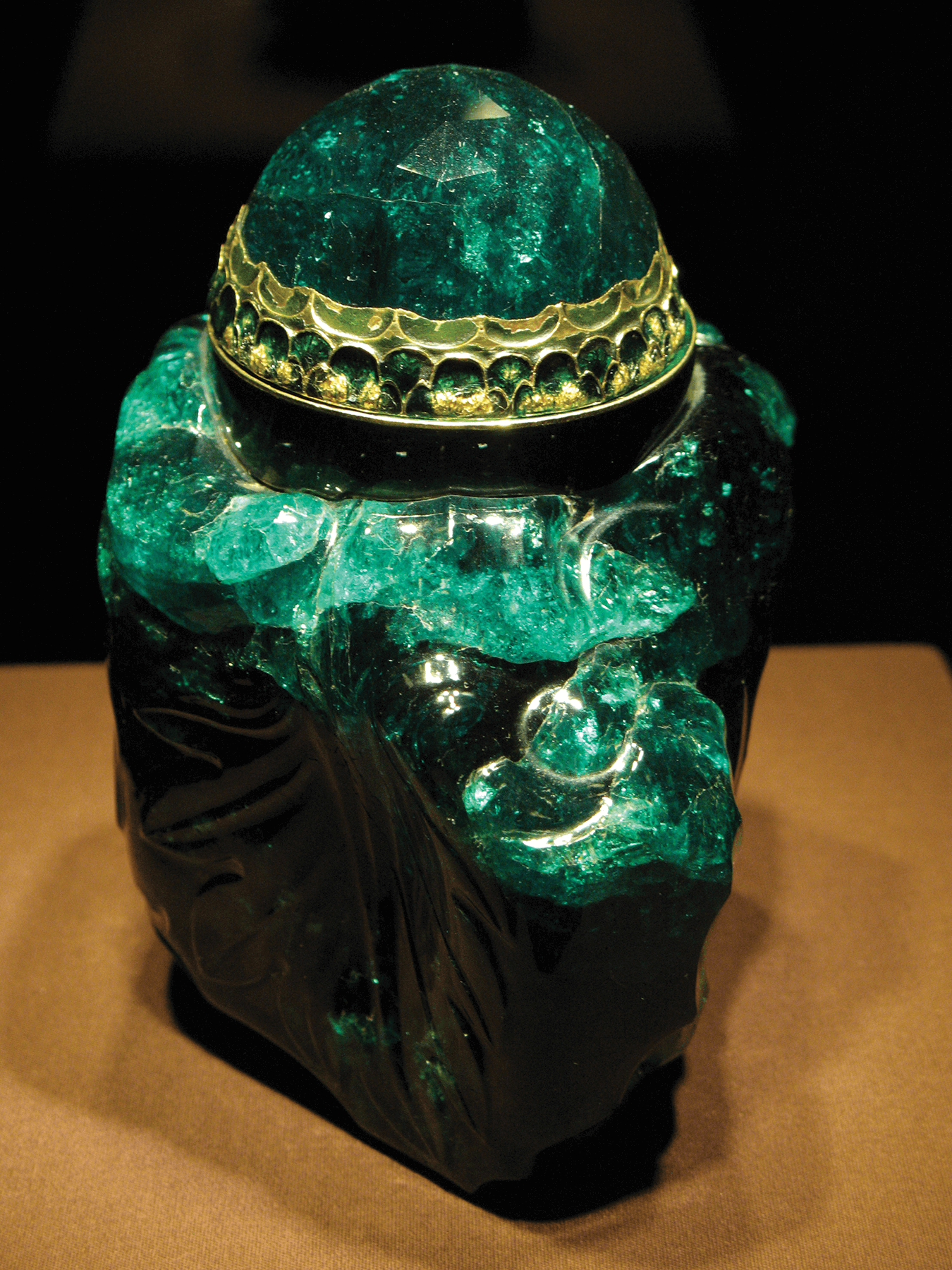
Emeralds belong to the beryl mineral family, which also includes morganite and aquamarine. Their verdant colour comes from trace amounts of chromium or vanadium within their crystalline structure. The most desirable emeralds display a vivid, saturated green with a tinge of blue, although beautiful emeralds can also exhibit various shades of green, including yellowish-green and slightly bluish-green.
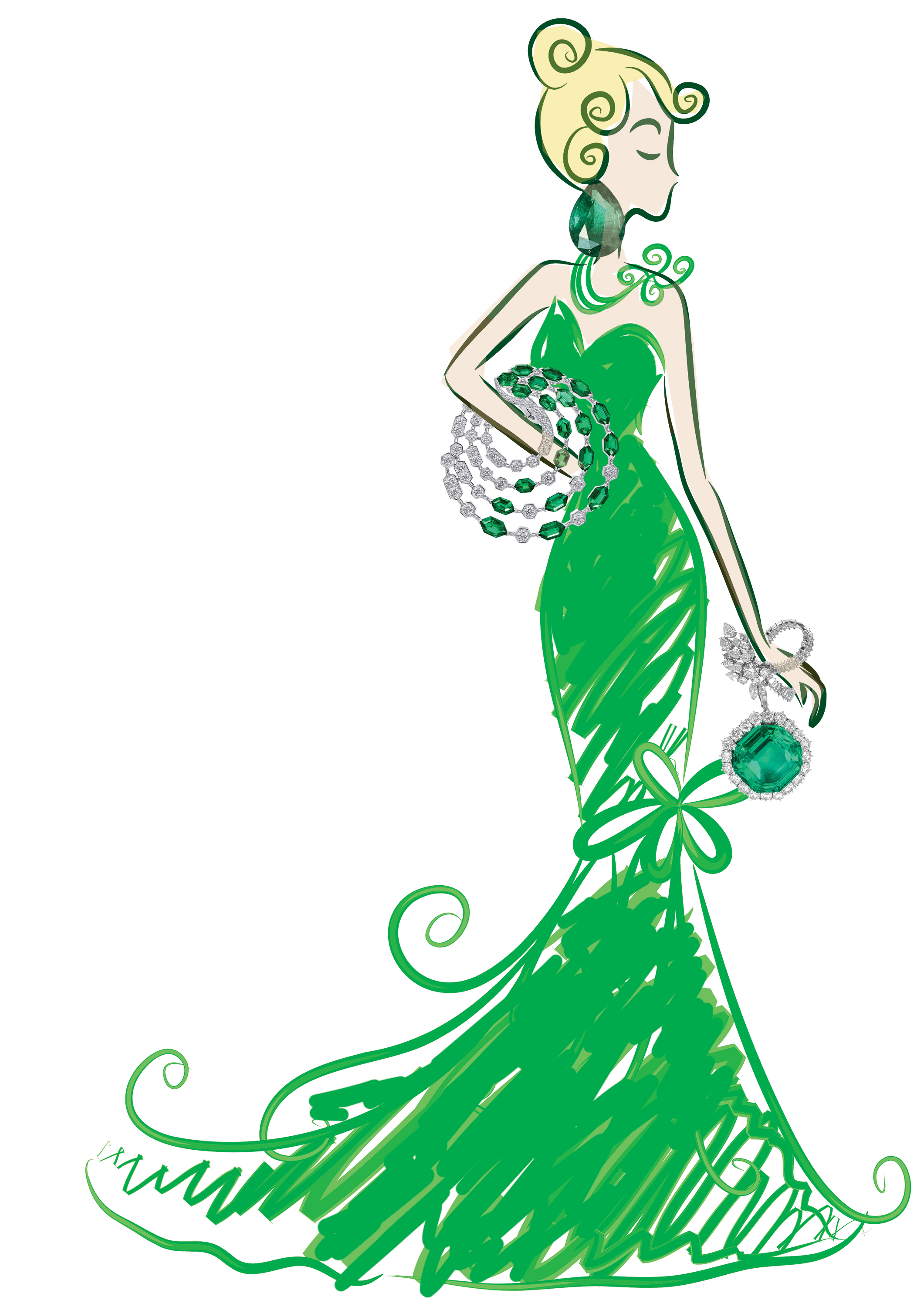

Emeralds are known for their inclusions, unique features trapped within the gemstone during its formation. Commonly referred to as “jardin” (garden in French), these inclusions can sometimes resemble moss or feathery wisps. While clean stones are generally the most desirable, it is rare to find emeralds devoid of inclusions. Often, these imperfections are embraced as part of the gem’s unique character as well as a testament to its authenticity. For some people, however, inclusions even enhance an emerald’s beauty and individuality.
Early on, emeralds transcended their role as gemstones, becoming woven into the cultural and mythological fabric of various societies. The ancient Egyptians mined the green gems in Cleopatra’s Mines as early as 1500 BCE, considering them symbols of fertility and rebirth, and often buried them with the deceased to ensure eternal youth and vitality. Romans prized emeralds for their perceived healing properties and believed that they conferred wisdom and foresight upon their wearers.
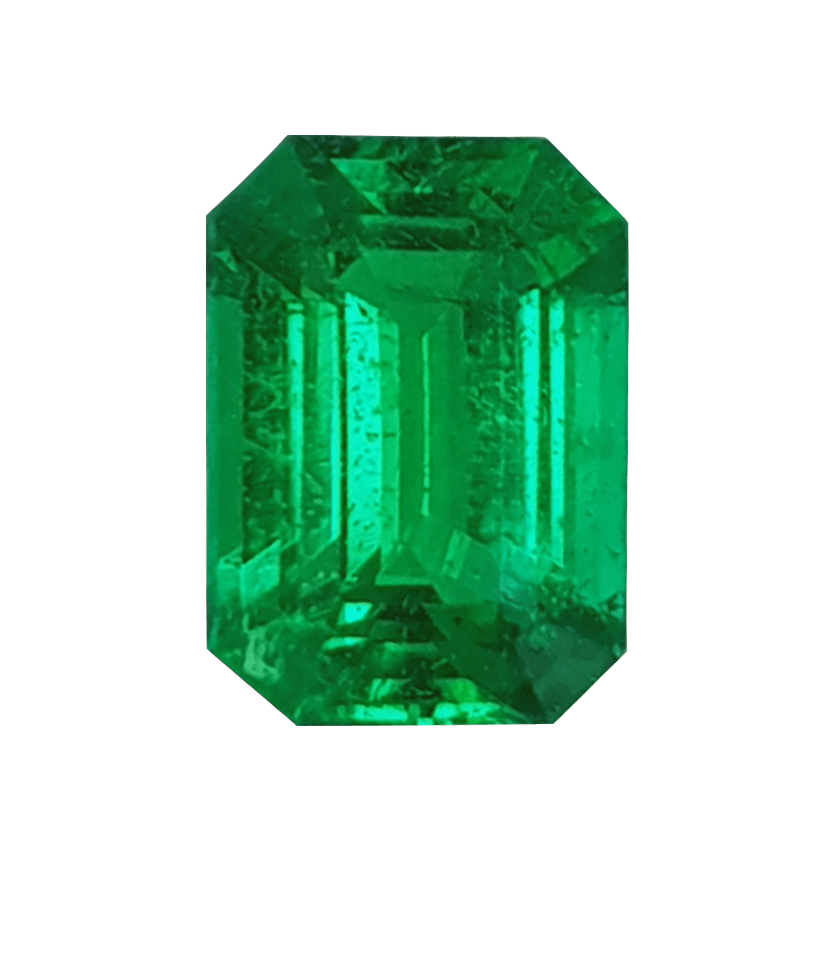
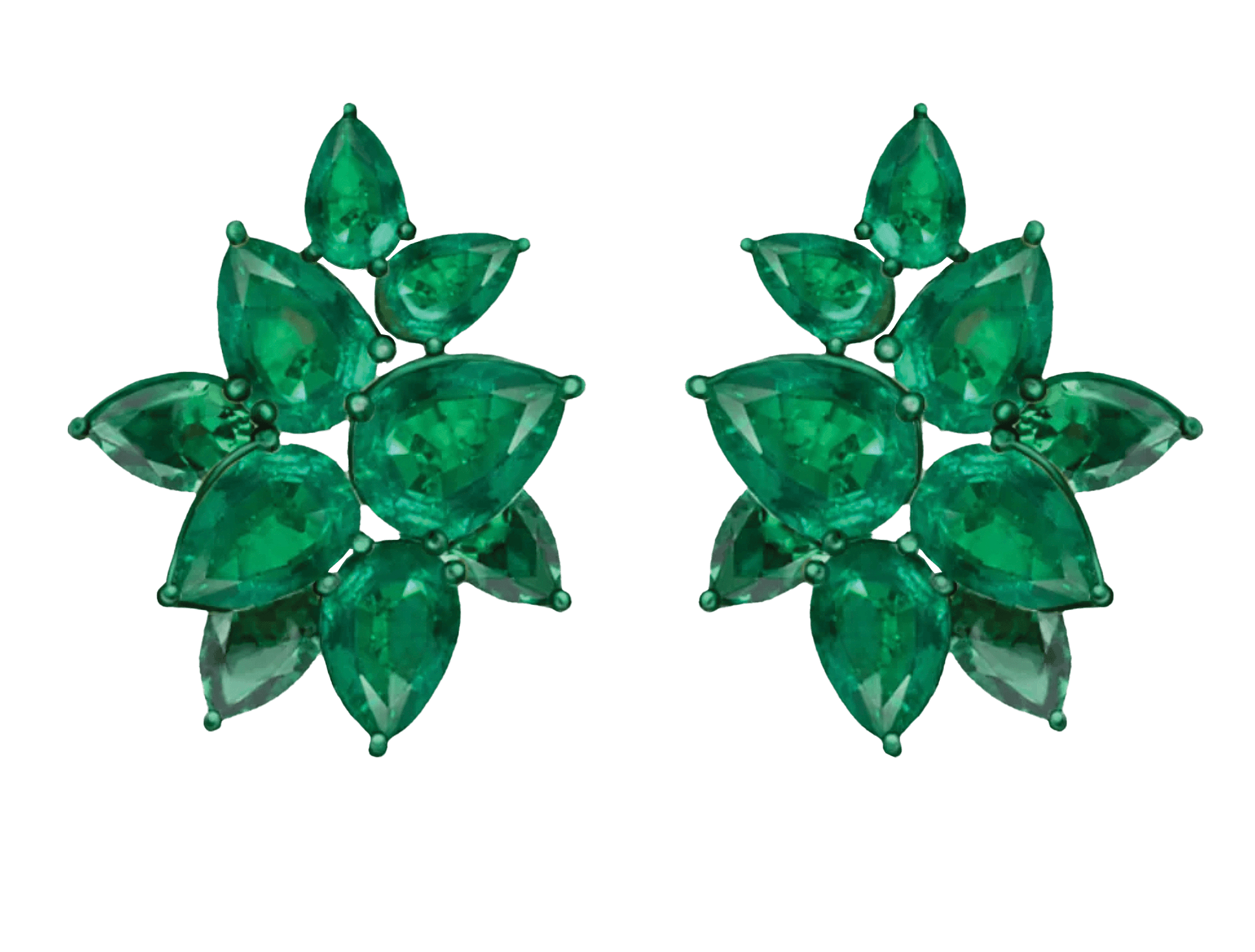
In South America, the Muisca civilisation of Colombia revered emeralds, believing that their green colour represented water, fertility and the strength of life. When the Spanish Conquistadors brought Colombian emeralds back to Europe, they became popular gems for European royalty. The allure of emeralds continued to flourish during the Renaissance, adorning the crowns and jewellery of royalty and the aristocracy. The Mughal emeralds, originating from the mines of Colombia and adorning the treasures of Indian monarchs, are among the most celebrated gems in history.
The most famous emerald deposits are found in Colombia, where the lush landscapes of the Andes Mountains have yielded some of the finest specimens in the world. Other significant sources include Zambia, Brazil, Pakistan, Madagascar and Afghanistan. Each region provides emeralds with distinct characteristics in terms of colour, clarity and size.
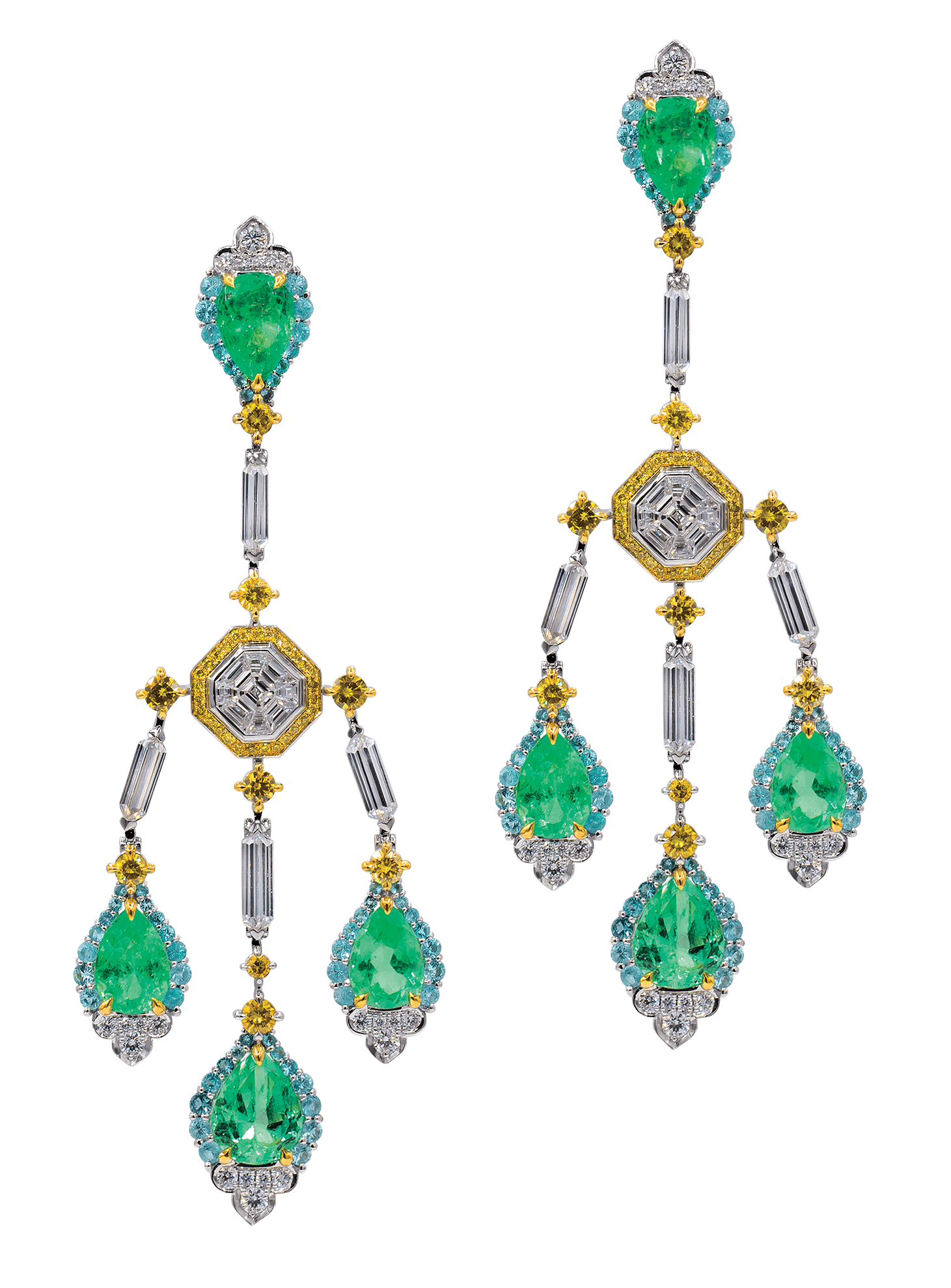
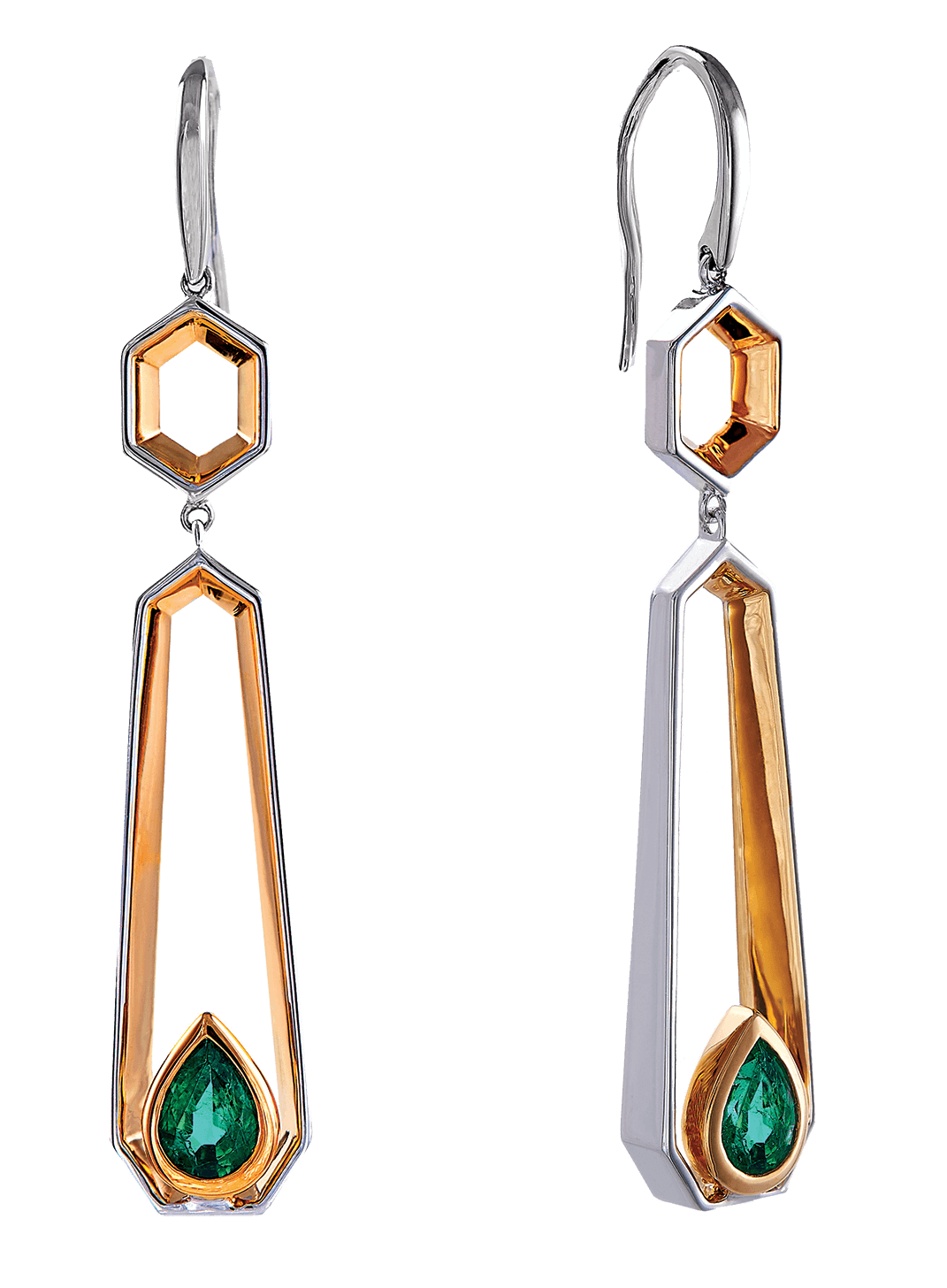
One of the largest and most famous Colombian emeralds is the 2860-carat Emerald Unguentarium, an irregular-shaped small container used for storing an unguent. Commissioned in 1641 by the Hapsburg king Emperor Ferdinand III, it was likely carved from a 3000-plus-carat crystal and is now in the Imperial Treasury (Schatzkammer) in Vienna. Large emeralds from Zambia also have been in the news lately when Grizzly Mining Ltd unearthed a 4145-carat gem-quality rough crystal, which was later sold at auction for more than $1 million USD.
Among other famous Colombian emeralds is the 37.82-carat Chalk Emerald mined in Muzo. It was one of many Colombian emeralds shipped to Mughal India by the Spanish in the 16th and 17th centuries. After a series of ownerships, it was purchased by Harry Winston who had it re-cut from its original weight of 38.40 carats and added a gold setting to attach it to a platinum ring. In 1962, it was sold to entrepreneur Oscar Roy Chalk, who donated it to the Smithsonian Museum in Washington DC in 1972.


Once mined, rough emeralds are evaluated based on their colour, clarity, cut and carat weight. The most desirable stones exhibit a vivid green colour with maximum clarity. When it comes to cutting, the goal is to enhance the natural beauty while minimising the impact of inclusions. Traditional cuts such as the emerald cut are favoured for their ability to showcase the gem’s colour and clarity. Depending on the rough stone’s form and desired outcome, other shapes, such as the princess cut, oval and pear, offer versatility in design. Some emeralds may undergo treatments, such as oiling, to enhance their clarity and appearance, an accepted industry practice that must be disclosed to potential buyers.


For centuries, emeralds have been a coveted gemstone in jewellery. Their captivating colour, rich history, and enduring symbolism make them more than just beautiful stones but an integral part of expressive adornment. More recently, emerald engagement rings have become a popular choice, symbolising growth, renewal and everlasting love.
On these pages are a few of the many beautiful jewels that feature emeralds, adding a touch of luxury and sophistication to any ensemble. Whether adorning an antique tiara or sparkling in a piece of contemporary jewellery, emeralds offer modern appeal with an enduring legacy.
